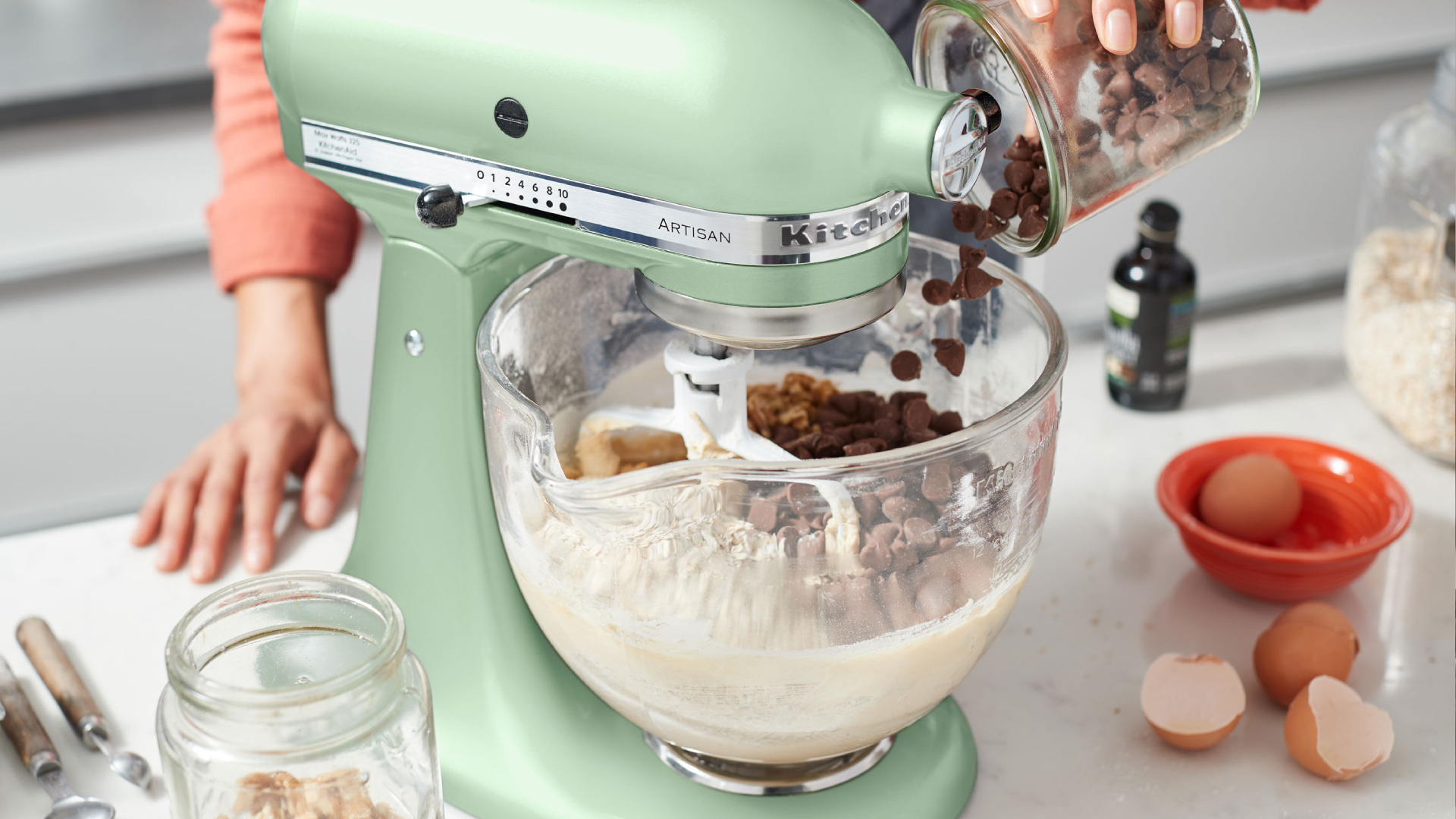
Stand mixers are a valuable kitchen appliance, especially for keen bakers, but they are an investment. So to extend the lifespan of yours and get the best results, avoid making these common stand mixer mistakes.
It's easy enough to assume you can't go far wrong when using one of the best stand mixers – you simply plug in, pour in ingredients and press go. However, there are a surprising number of crucial mistakes that are all too easy to make.
Did you know that when using a classic stand mixer you should adjust the height of the attachments for different tasks? That you should only fill the bowl 2/3 full for wet ingredients and 3/4 full for dry? And are you using the mixer attachments for the correct application?
11 common stand mixer mistakes to avoid
Many of us are guilty of committing these stand mixer mistakes, so we checked with the experts from KitchenAid and Kenwood to confirm what we’re doing wrong. Here’s what we found out...
1. Not adjusting the height of the mixer head
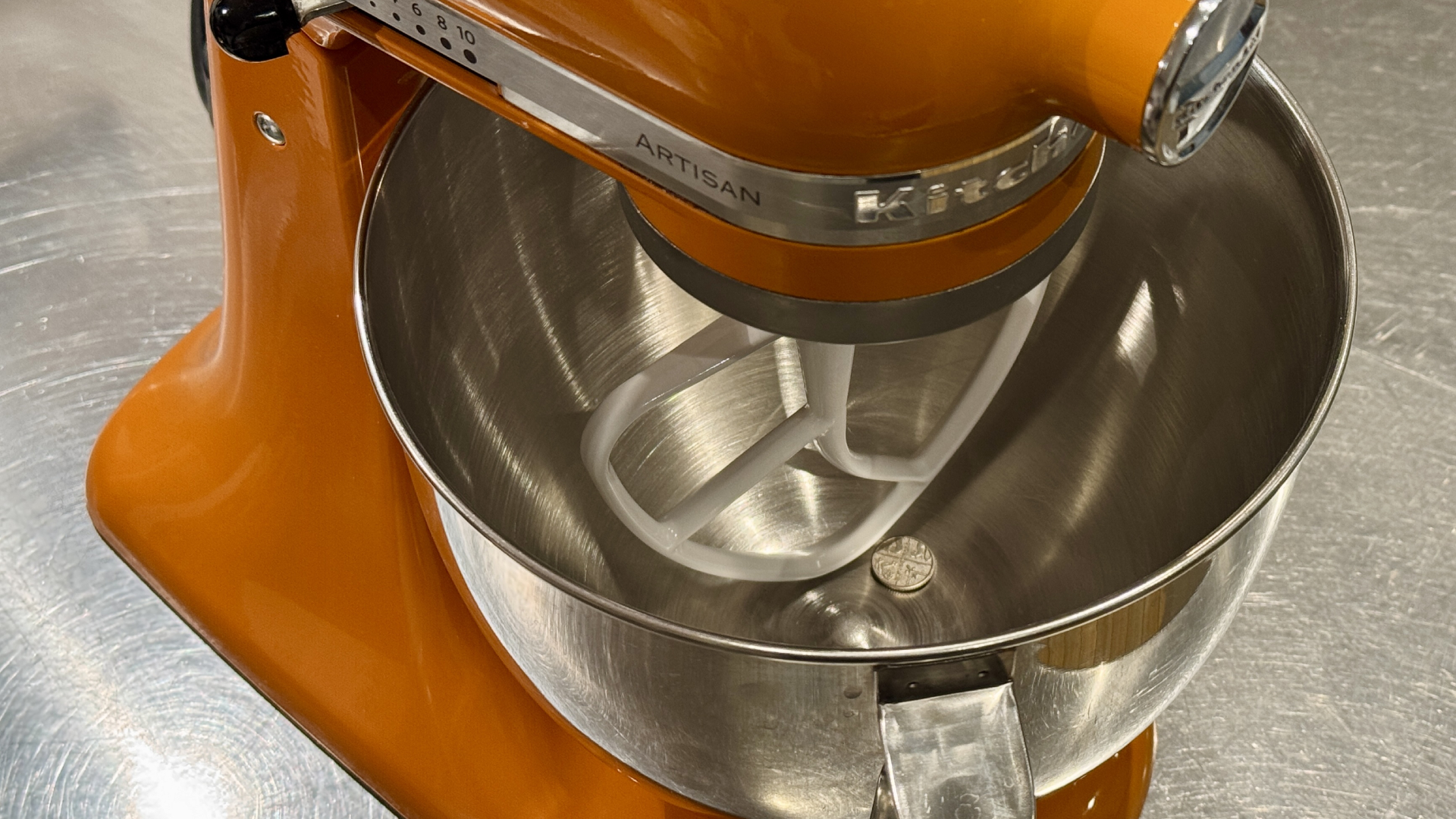
Finding the correct position for the mixer head is essential to get the best results from your mixer. The paddle shouldn’t touch the bowl as it mixes, as this could damage the mechanism or scratch the bowl, and a gap too large is undesirable as the ingredients won’t mix effectively.
On most models it’s possible to adjust the height of the attachments. We checked with Anthony Gomand, marketing and sales manager UK at kitchenaid.co.uk and he confirmed “bowl height adjustment is a small detail that makes a big difference - it’s just like adjusting a car seat; when it’s in the perfect position, everything runs smoothly.”
Anthony recommends doing a ‘5p test’ or ‘dime test’: to find the ideal height. To do this, place a five pence piece (or dime) into the bowl of the stand mixer. With the paddle attachment and the mixer running on the slowest setting, the coin should slowly travel around the bowl. If you find it’s not moving, then the head is too high. If it whips around the bowl, then the head needs raising.
2. Not scraping down the sides of the bowl while mixing
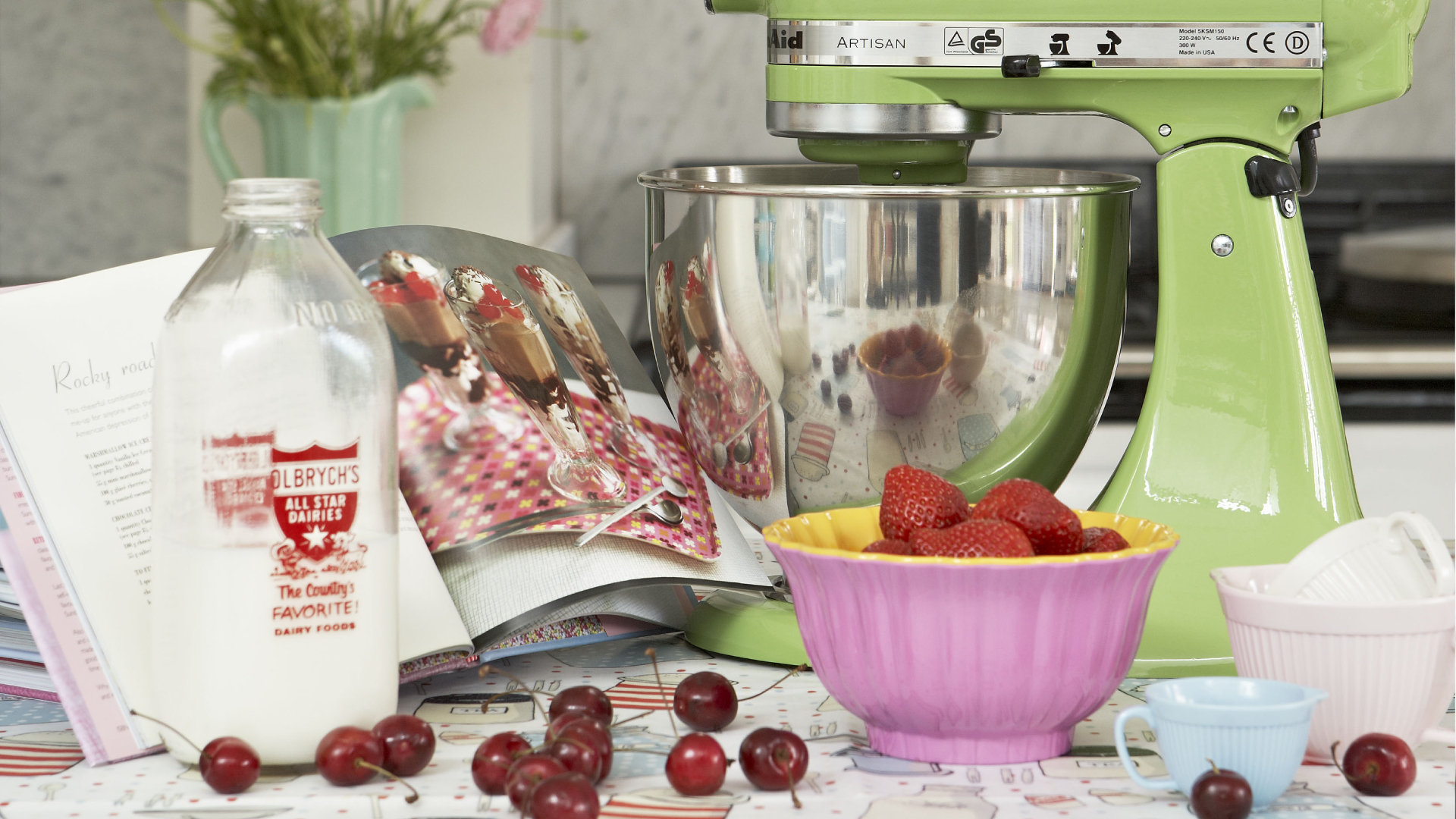
This isn’t essential for all mixtures, but when creaming butter and sugar or when mixing batters, you should regularly pause the machine to scrape the mixture off the sides. Doing this ensures that your mixture is evenly beaten and will give you optimum results. We get it, it seems like a faff, but trust us it’s a must for light and fluffy cakes.
3. Overfilling the bowl
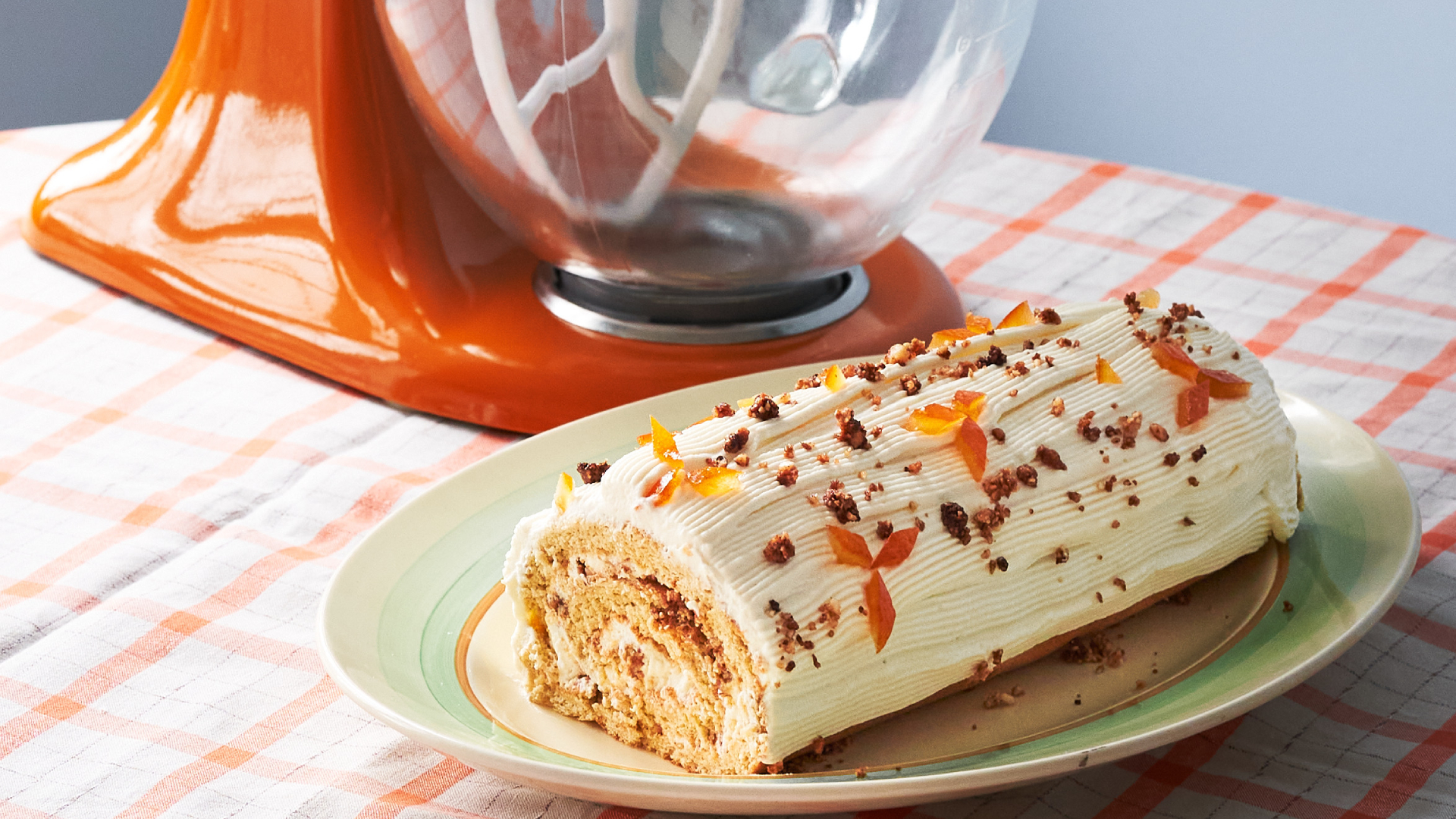
We’ve all been there, it usually catches you by surprise and all you can do is look in mild horror and cross your fingers that your mixture doesn’t overflow as it sloshes dangerously close to the rim of the bowl. But beware, as regularly overfilling the bowl is detrimental to the mixer. Allow plenty of space for movement and be conscious of mixtures expanding in volume as they mix.
Anthony from KitchenAid suggests you “stay under 2/3 full for wet ingredients and 3/4 for dry,” as “Overfilling your mixer bowl isn’t just messy - it strains the motor, affects mixing quality and can even cause damage over time. Ingredients need space to mix properly and things like whipped cream or egg whites can triple in volume.”
Get to know your mixer, if you find it’s regularly too dinky, you may need to upgrade to a model with a larger bowl. James Payne, senior product manager at Kenwood Cooking and Baking explains "Some of our XL Stand Mixers can whisk up to 16 egg whites, 3.1kg of an enriched bread dough and 4kg of an all in one cake mixture." But beware, then it will be less effective for mixing very small amounts, which leads neatly on to the next common mistake . . .
4. Underfilling the bowl
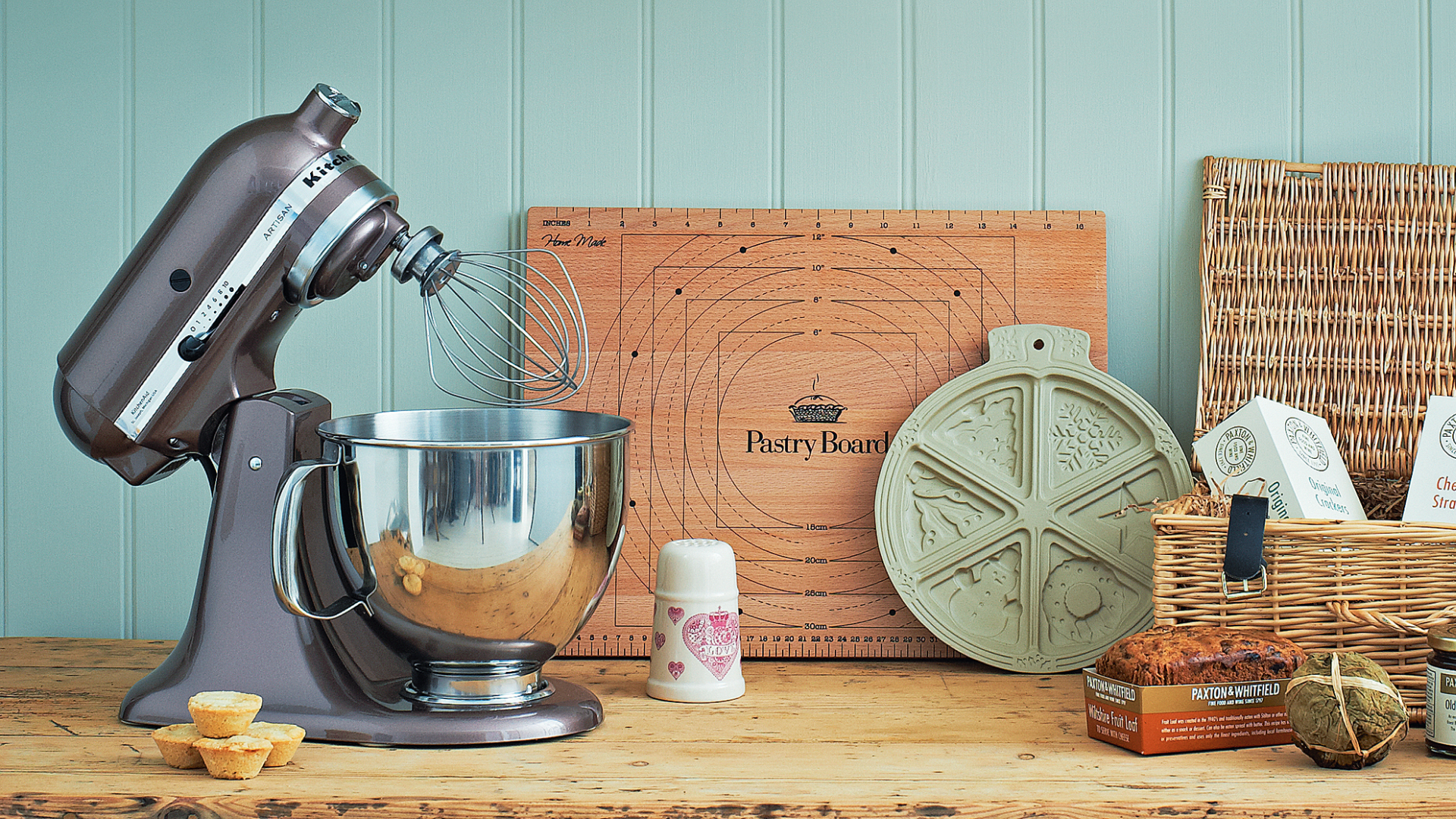
You may have the opposite issue of underfilling the bowl. Even after adjusting the head, you may find that small amounts are too small to be caught by the beaters. This is often the case when mixing a single egg yolk or white. The solution is to first use a balloon whisk to increase the volume enough so that the bottom of the attachment touches the mixture.
Another option is to slightly tilt the bowl. For some models, it’s possible to buy a smaller bowl that’s also helpful when mixing small amounts. But you may find, for small amounts, an electric hand mixer is the best tool for the job.
5. Under or over-mixing ingredients
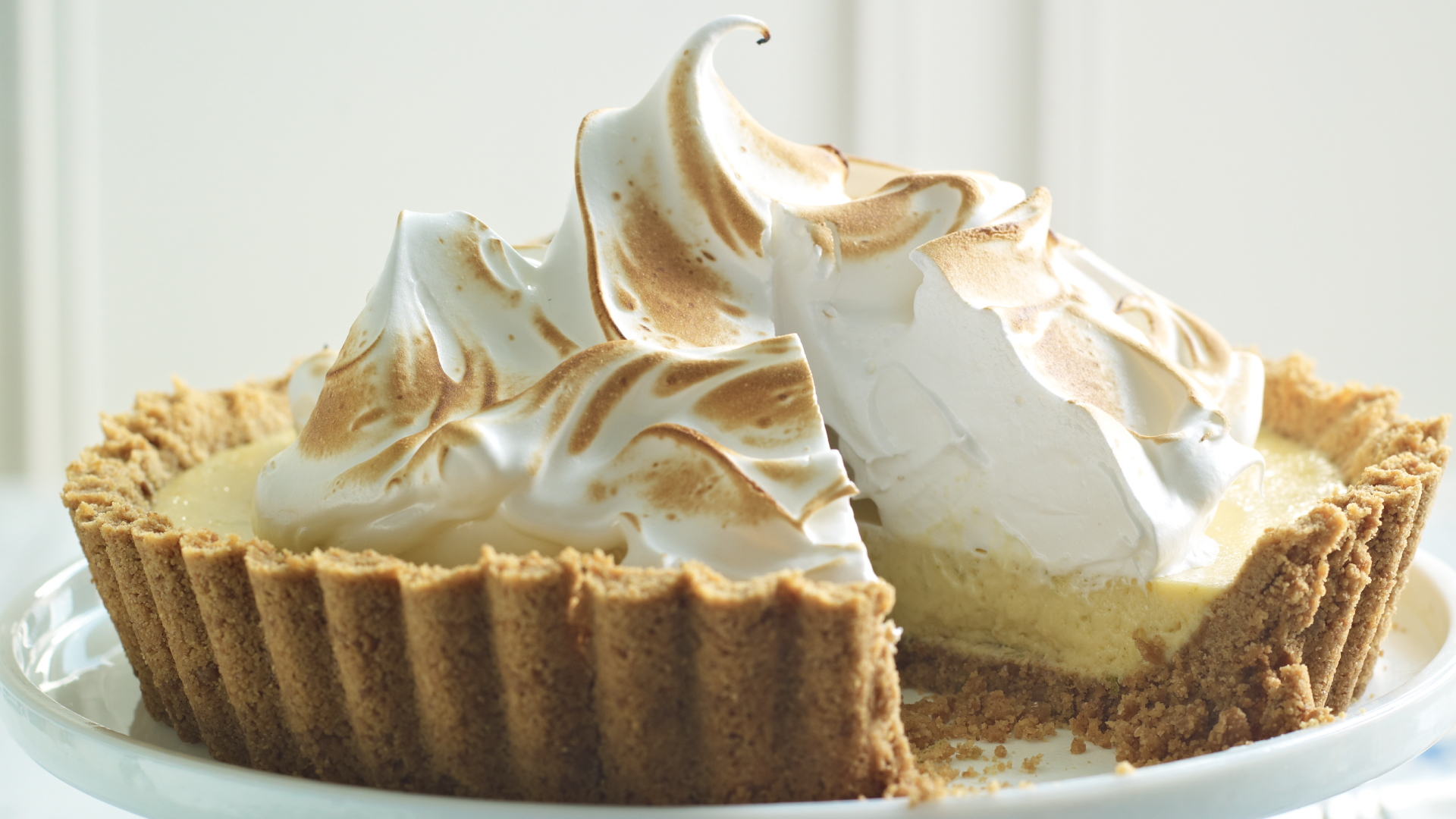
Resist being impatient and not mixing for long enough, equally don’t walk away and allow mixes to over-beat. Here are some of the most common mixing time mistakes we see, which are commonly undermixed things:
- Meringue: Whisk the egg whites to soft peaks before adding the sugar, then keep mixing until there is no sugar grain whatsoever and the mixture looks thick and glossy.
- Bread dough: It’s important to knead dough well to activate the gluten. Check by using the ‘window’ test: pull a lump of dough off and stretch it until it’s thin enough to see light through. If it tears, it needs kneading for longer.
- Creaming butter and sugar: Start with soft butter and beat with the sugar until very pale in colour. Using caster sugar helps as the coarse sugar pulls air bubbles into the butter.
- Mayonnaise: Mix the egg yolk before adding oil, then add a very little at a time. Add too much and you’ll never get your mixture to thicken.
- Pasta: Keep mixing until you have a dough that is uniform in colour and smooth in texture.
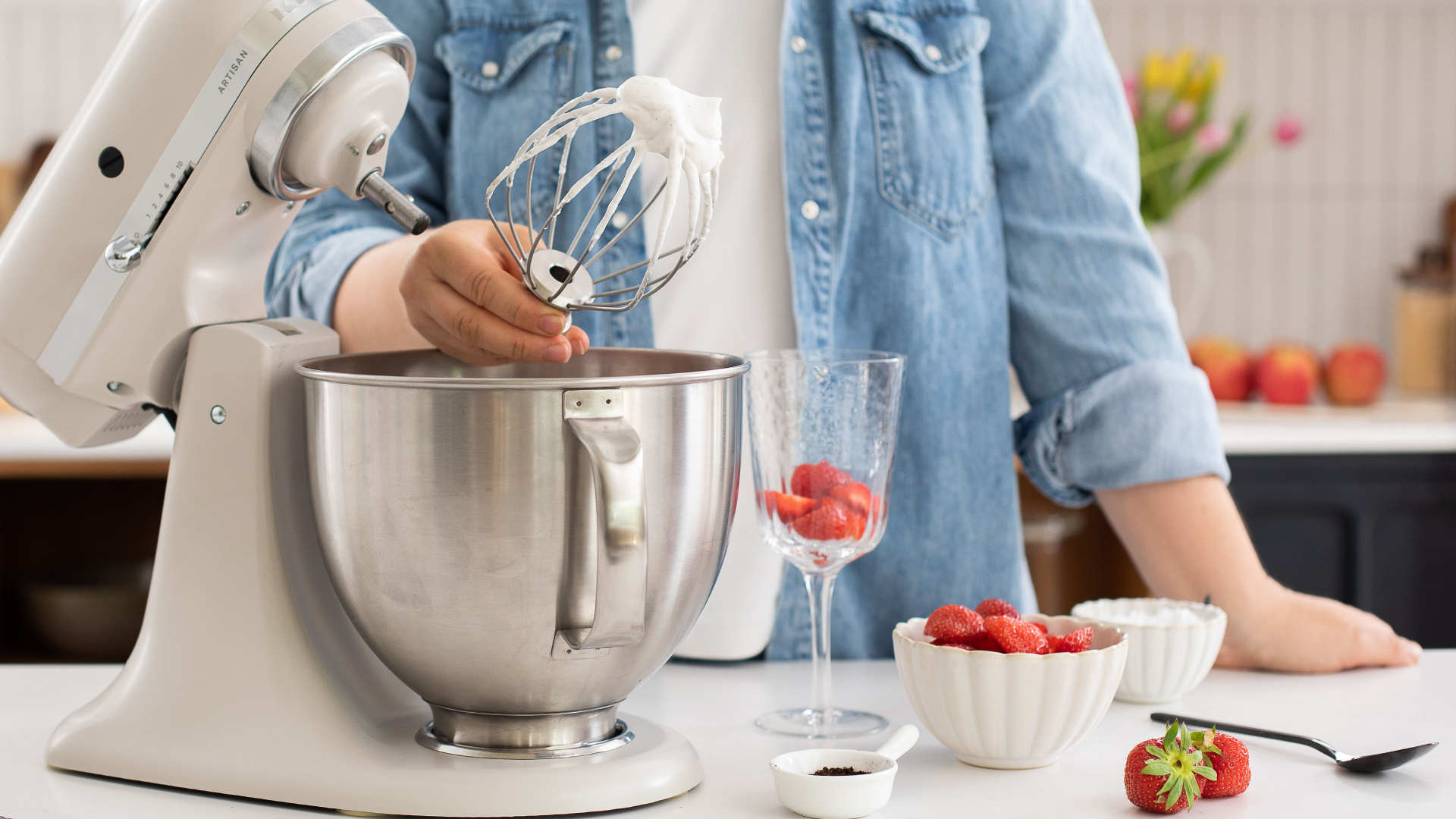
And these are the commonly overmixed things:
- Whipping cream: When whipping cream, go low and slow, and stop just before it looks ready. When it’s almost there, turn off the mixer and use the whisk attachment to whisk the cream by hand as it will firm up quickly at this point and continue to stiffen as you move it to the bowl.
- Cake batter, pastry and biscuit dough: Unlike bread dough, you don’t want the gluten to activate here or you’ll have a tough bake. After adding the flour mix, just to combine.
6. Forgetting to adjust the speed or just always mixing on full power
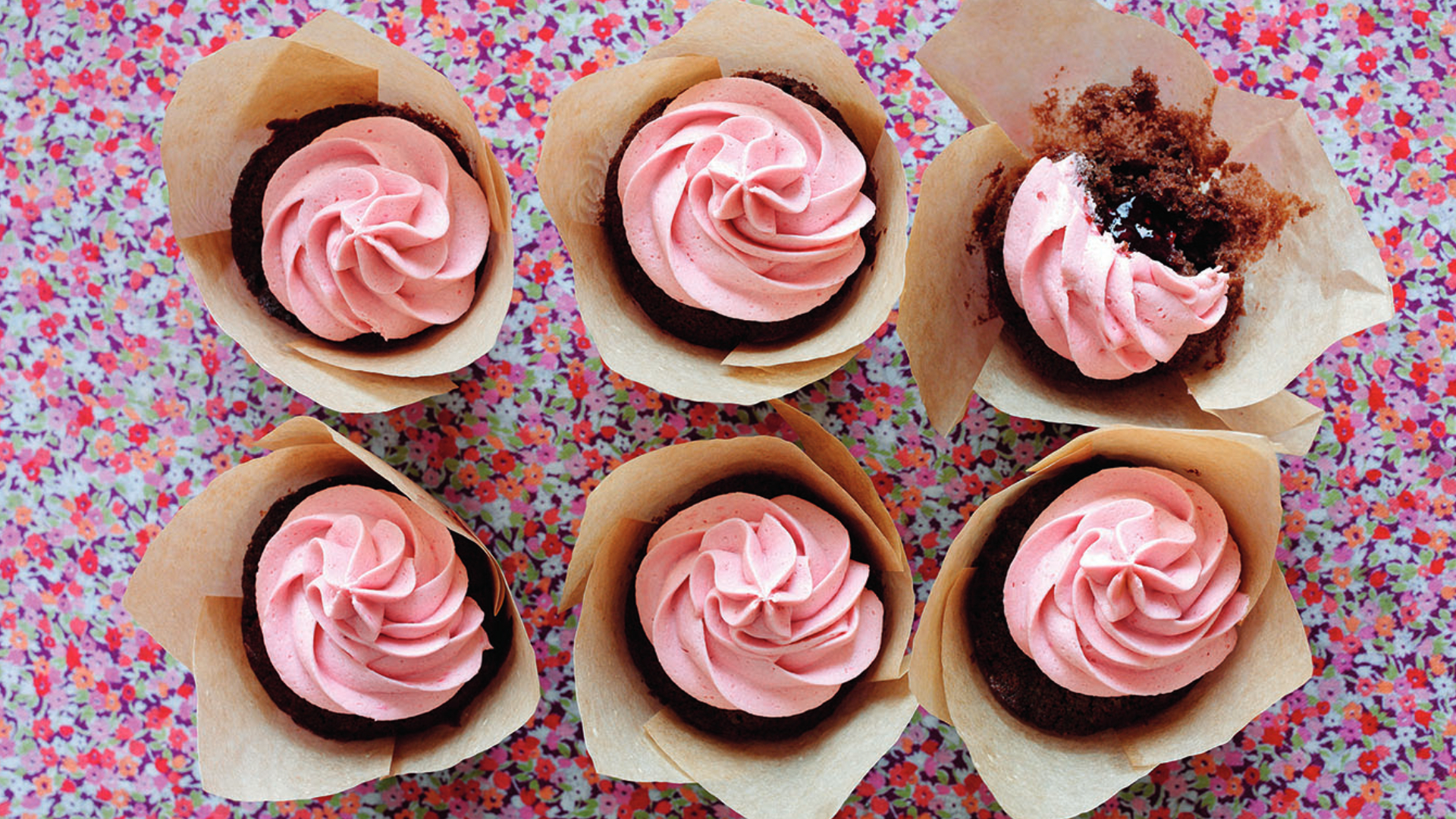
We often test stand mixers and find that the manual is a good resource for advice on what speeds to use for which ingredients. A general rule is to start slow as you incorporate the ingredients, then once combined you can crank it up. Particularly light ingredients, such as icing sugar in butter cream, tend to fly out of the bowl, covering you and your work surface in sugar dust.
To avoid this, start mixing slowly or by hand, or cover the bowl using a tea towel or the plastic splash guard. For more sturdy mixes such as bread dough, your mixer will likely have a recommended maximum speed. For a KitchenAid Anthony suggests “using speed 2 or lower.
Motors can burn out from treating dough like cake batter." Using the mixer on a high speed can contribute to the wearing out of the gears. Anthony says "Gear wear is usually preventable. Respect speed limits, capacity guidelines and use the right accessories. Stand mixers are built to last, but like any equipment, they need proper care."
7. Using the wrong attachment
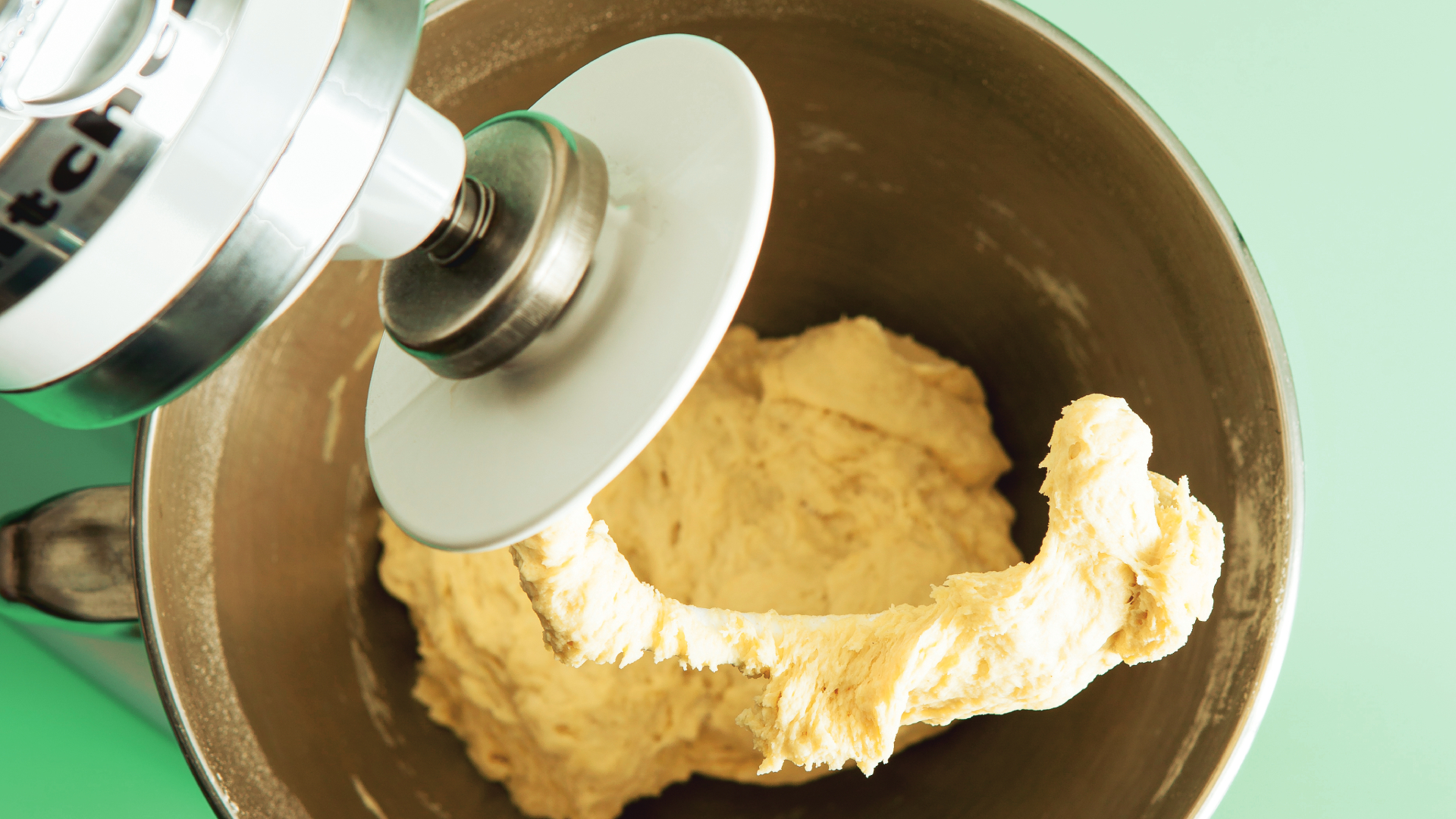
Anthony points out that "Choosing the right accessory makes all the difference.” It’s a lot down to personal preference, but this is what we would advise:
- Use the paddle for general-purpose mixing. Anthony says this is the “everyday go-to for normal to heavy mixtures from cakes and cookies to mashed potato.” You’ll use this attachment for most bakes.
- The whisk is great for anything that you're trying to incorporate air into, such as whipped cream or meringue. As a general rule, anything with ‘cream’ in the name is a whisk job. For example, I always use the whisk attachment when whipping up a batch of buttercream.
- The dough hook - as the name suggests, this is your go-to for dough!
And that's not all, you can also buy additional attachments for many stand mixers, from blenders to ice cream makers. James from Kenwood says "You can buy a range of attachments to increase the functions and variety of recipes you can create from scratch at home. These include attachments for Pasta rolling/shaping, meat mincing, Blending, Food Processing, Juicing and more."
Adding stand mixer attachments to your machine is a great way to get more out of your mixer, streamline your appliances and gain counter space. Kenwood and Kitchenaid attachments can drastically enhance your stand mixer's culinary capabilities.
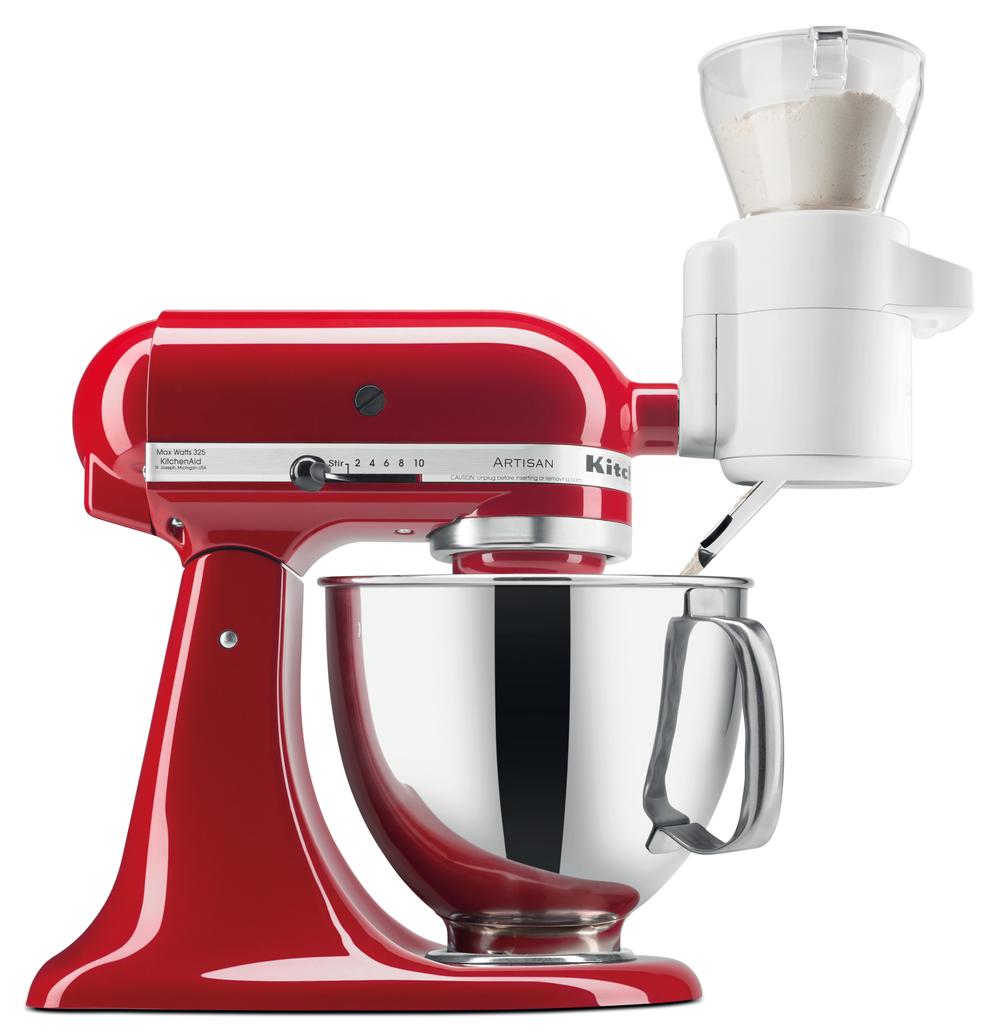
You can take your KitchenAid to the next level with an integrated digital scale as well as a sifter to help you create light and fluffy bakes – making it a 'hybrid' stand mixer with integrated scales and timer.
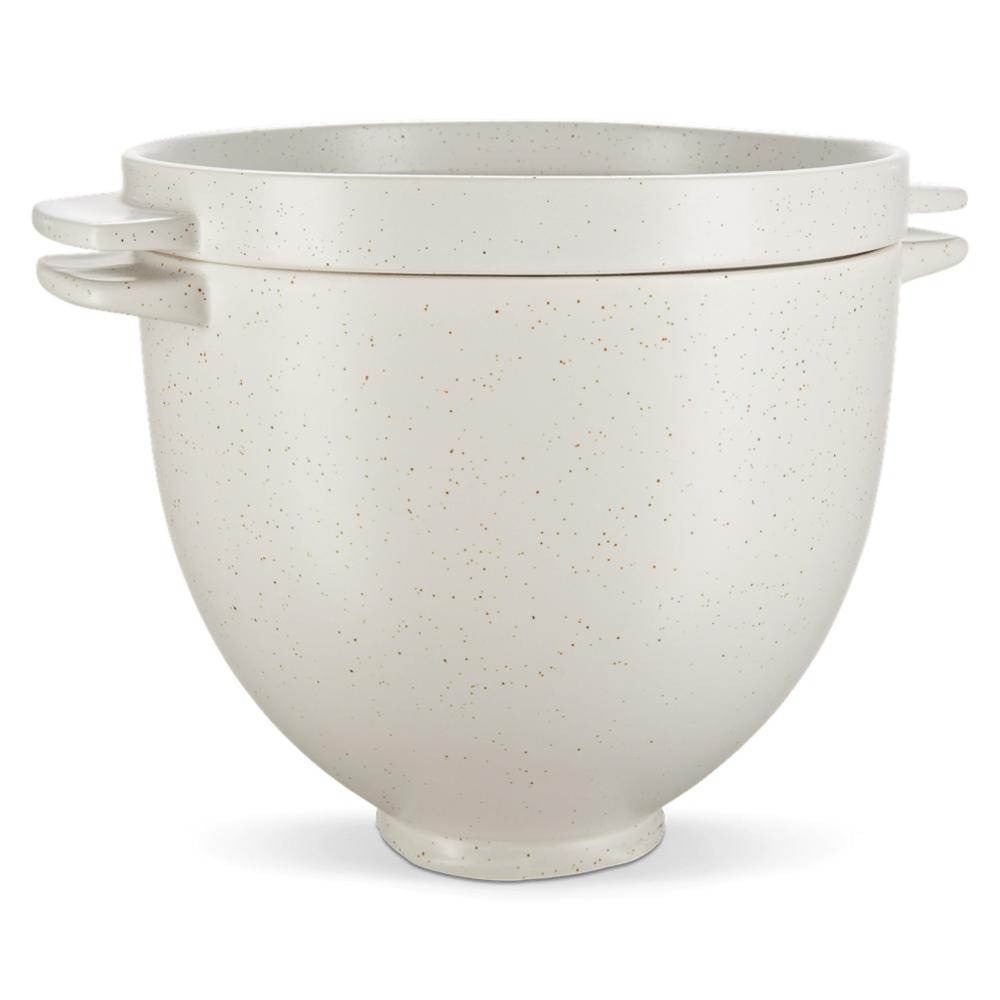
A common bugbear when making bread is having to use multiple bowls between kneading and proofing, which is why this is such a good find – a single bowl that'll mix, knead, proof, and bake your bread in one container.
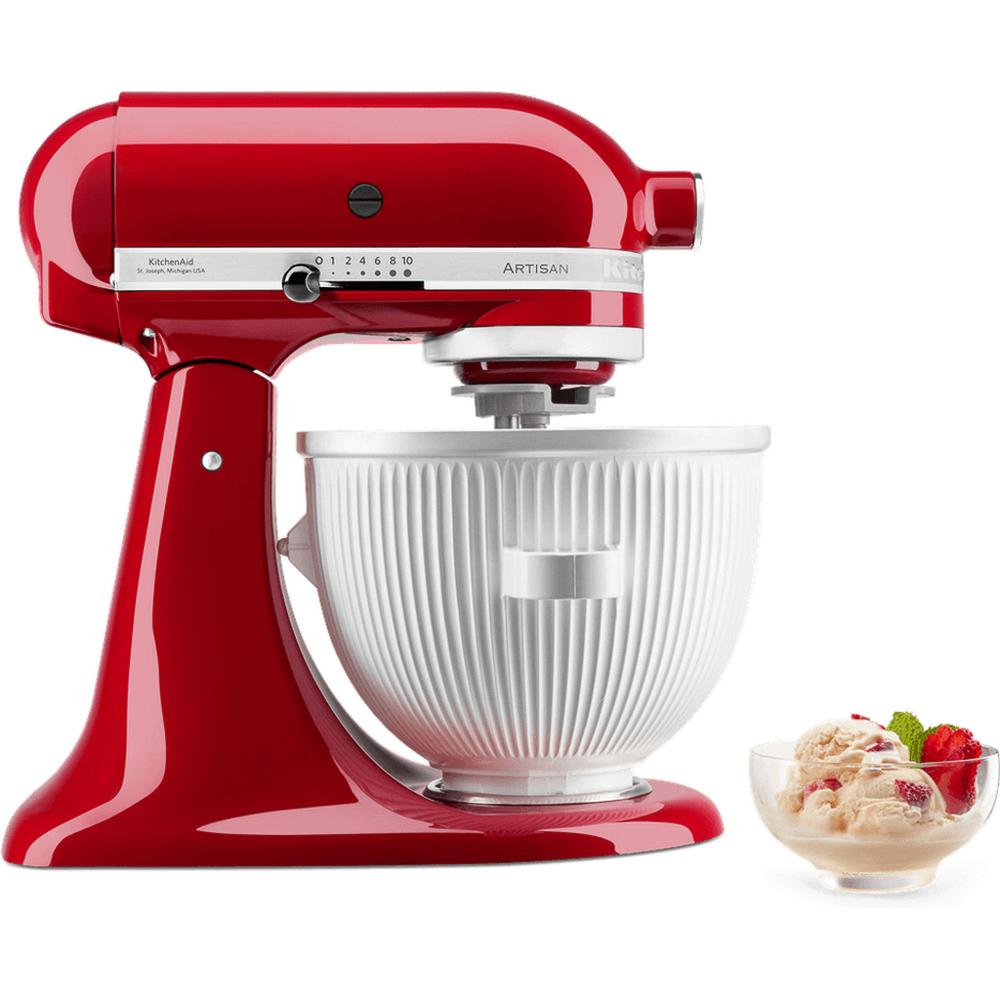
When put to the test against dedicated ice cream makers, this accessory comes out trumps for achieving smooth, creamy results, especially when working with alternative ingredients.
8. Slacking on maintenance and cleaning your stand mixer incorrectly
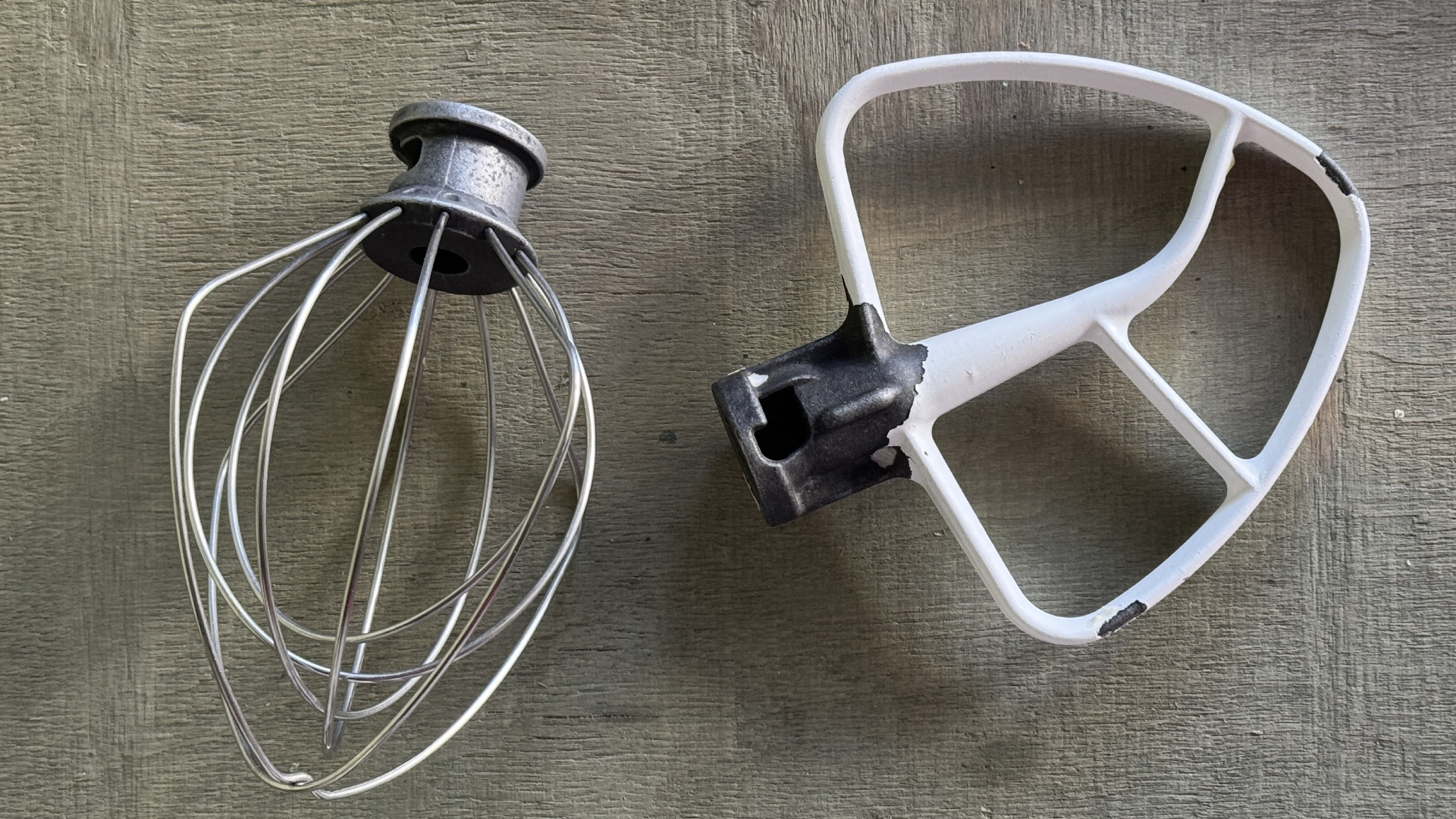
To increase the life of your stand mixer, treat it with care. Wiping the mixer with a damp cloth after each use and washing the removable parts is a good place to start. Usually, the mixing bowl can go through the dishwasher – but check it’s the same for the attachments. In our kitchen, the paddle attachments have gone through the dishwasher a few too many times and it has caused the metal to tarnish!
If you use your mixer frequently, you can also check it in for a professional service. Anthony suggests you do this annually as “maintenance goes a long way in keeping it running smoothly for years to come."
If you store your mixer in a cupboard, be conscious of not tightly wrapping the cord up. Anthony says “loose loops are best to prevent damage."
9. Leaving the stand mixer running for too long
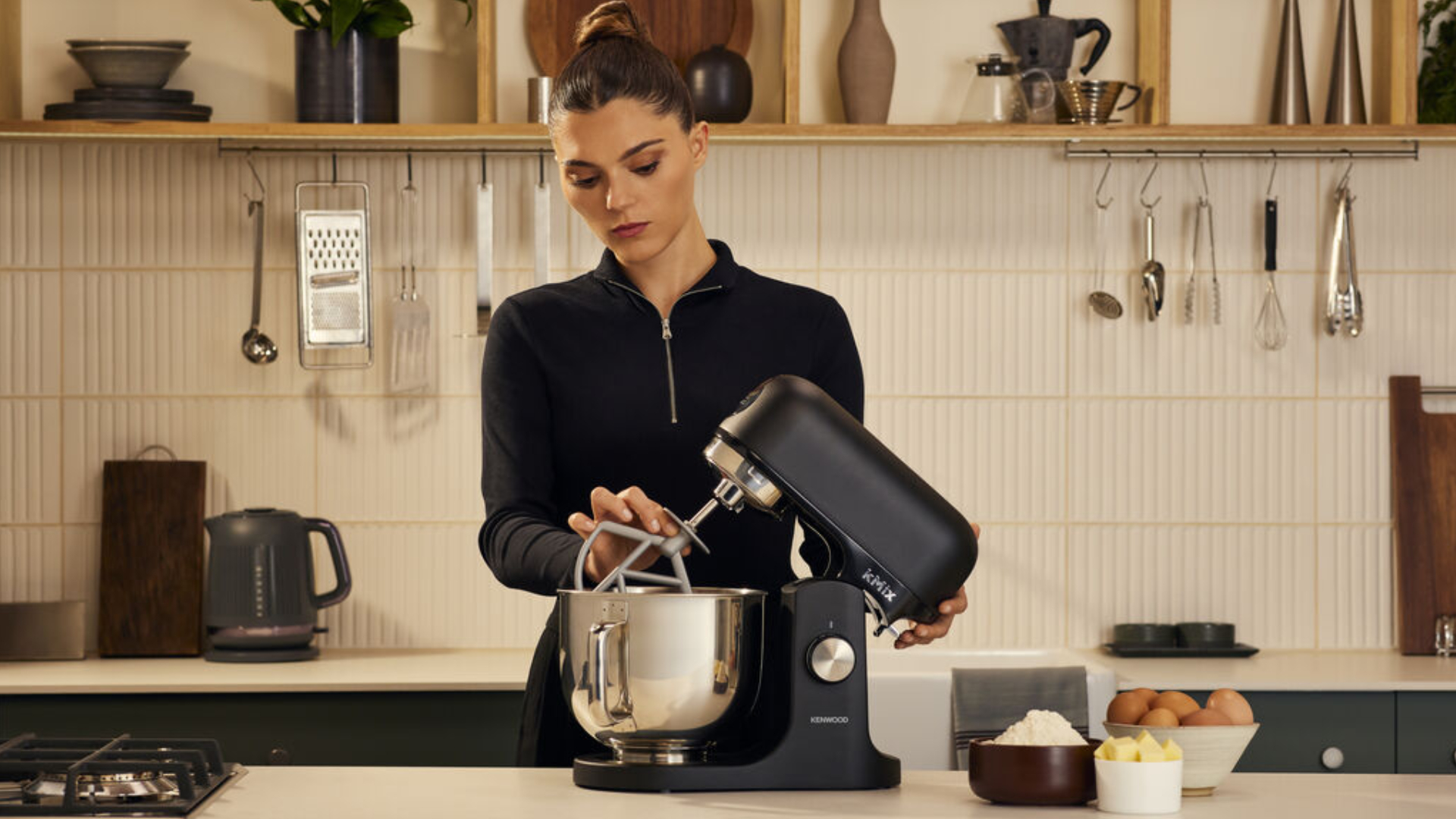
If you’re using your mixer for a prolonged period when making things such as dough or meringue, you may find it starts to get warm or even smell. This is a sign that you’re overworking it.
When using a KitchenAid Anthony advises that a “20 minutes continuous run time is fine for lower speeds, but for high-speed whipping, give it a break after 10.” If you find that your machine is overheating, give it a break. It will usually be ok after cooling for half an hour.
10. Using it for everything
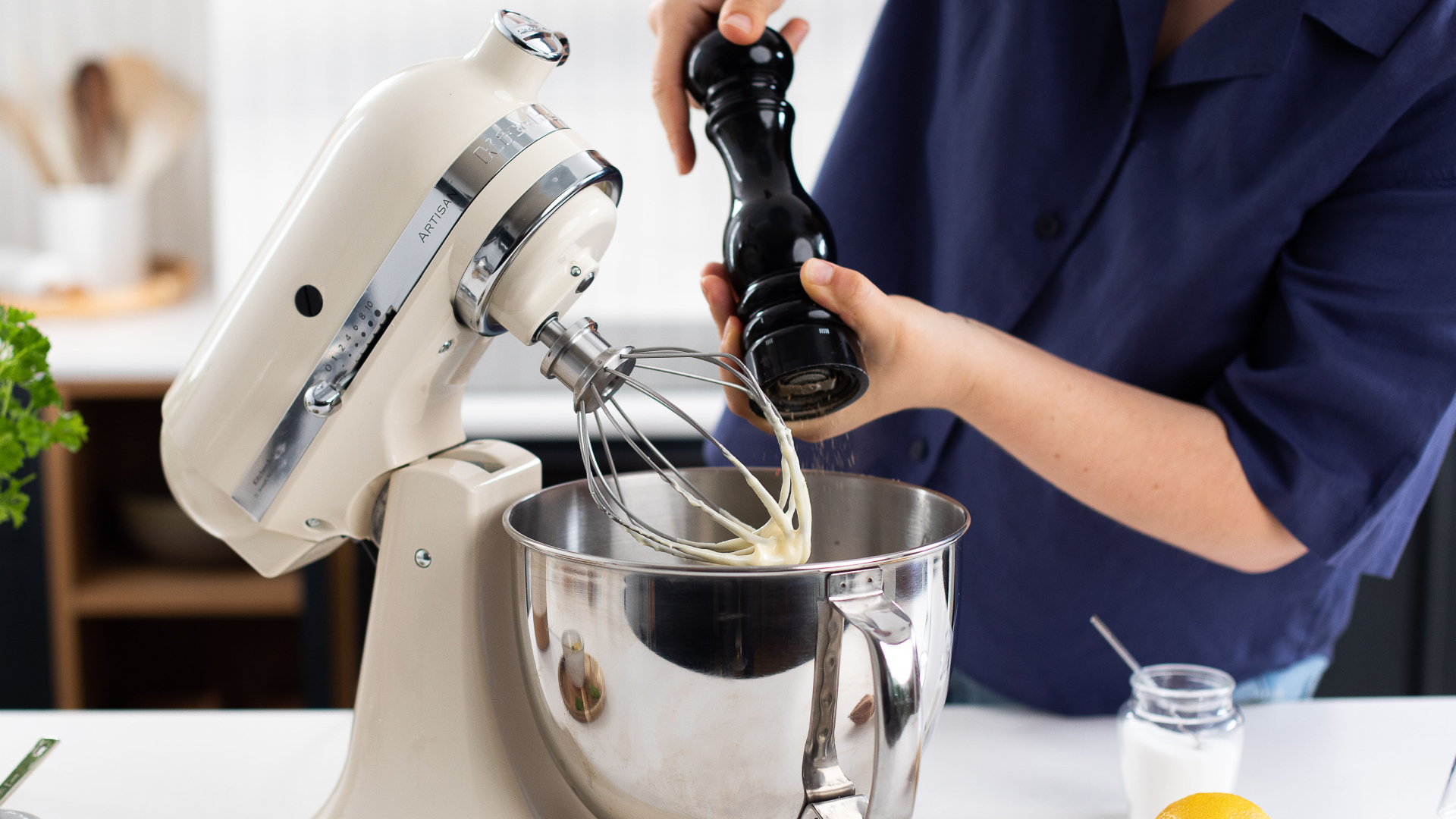
Mixers are versatile, but they can’t handle absolutely everything. I asked Anthony for his advice on what to avoid: "We always say: if you wouldn't do it with a wooden spoon, don't do it with a mixer. Frozen butter is a no-go, and hot liquids can be risky. It's powerful, but it's not a food processor or a blender."
In fact, using the right tool for the job will give you better results and make the process simpler. An easy way to do this is by following the advice in recipes or checking the manual.
11. Choosing the wrong model
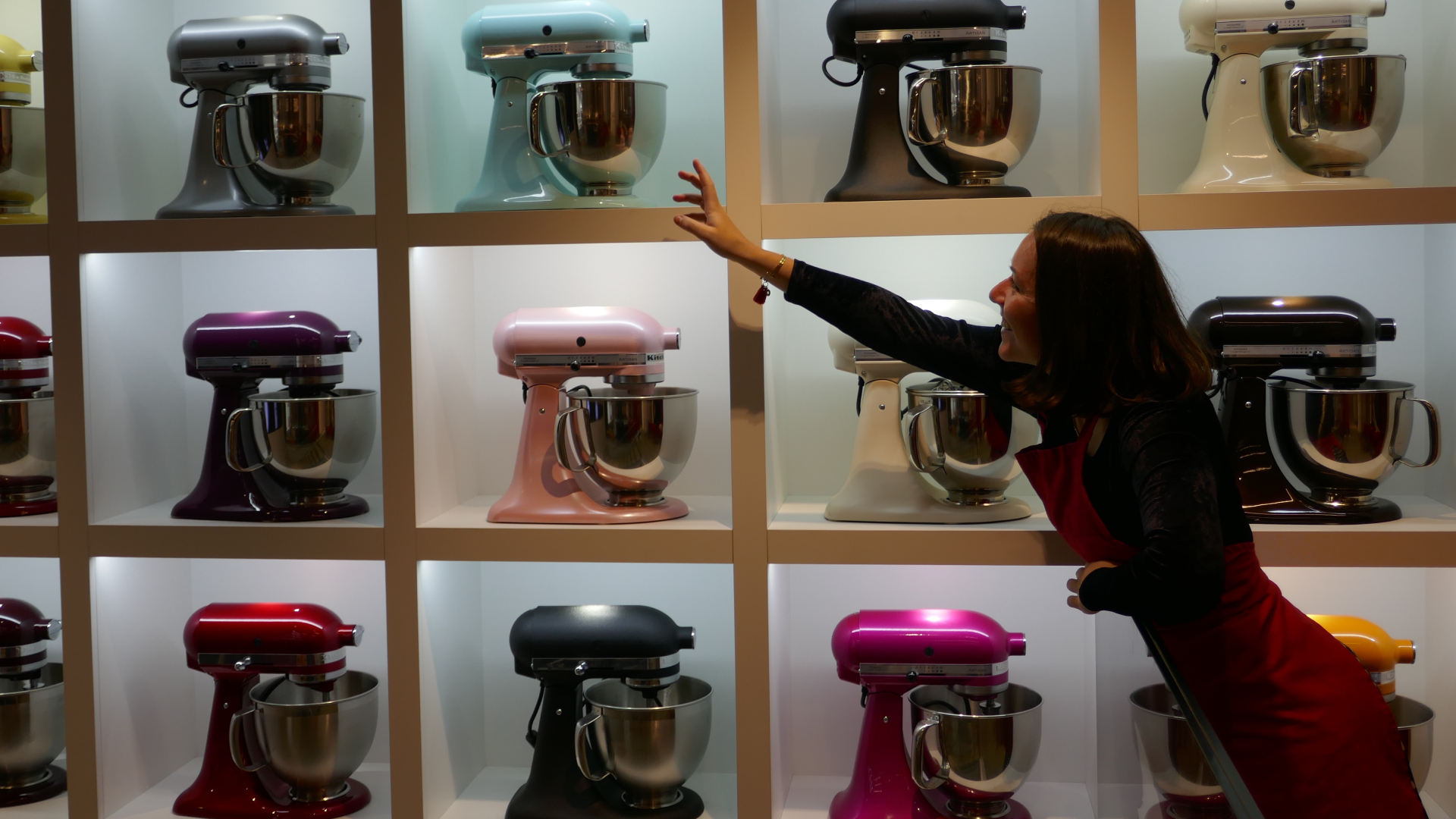
It’s easily done, you may have been swayed by irresistible KitchenAid sale prices or looks. But choosing a stand mixer that is appropriate for your requirements is essential. With so many options, it can be a daunting task, but Anthony likens selecting a stand mixer to choosing a new car. He suggests "If you're baking weekly or running a small business, invest in a larger KitchenAid model. It's like buying a car – match the model to your needs."
Stand mixers are commonplace in professional kitchens. However, professional chefs are likely to opt for a more heavy-duty model that can stand up to rigorous daily use. Although on the outside a professional model may look similar to its home-use counterpart, you will find that the motor will be more powerful, the inner workings are made of sturdier elements and the bowl is often larger. These upgrades mean it can withstand regular heavy use.
Stand mixers designed for home use will come with a smaller price tag and require less counter space. So if you need a compact model for nipping around town, or for the equivalent in terms of a stand mixer, occasionally rustling up bakes, then a small model such as the Kenwood Go stand mixer, which measures in at a height of just 30cm, might be more your thing.
If you’re after a stylish kitchen companion, the KitchenAid Artisan, which comes in every colour of the rainbow (almost) might be your dream model. If you predominantly need a mixer for kneading bread, the Ankarsrum Assistant Stand Mixer could be your new best friend. Do your research to find the best stand mixer for your needs.







